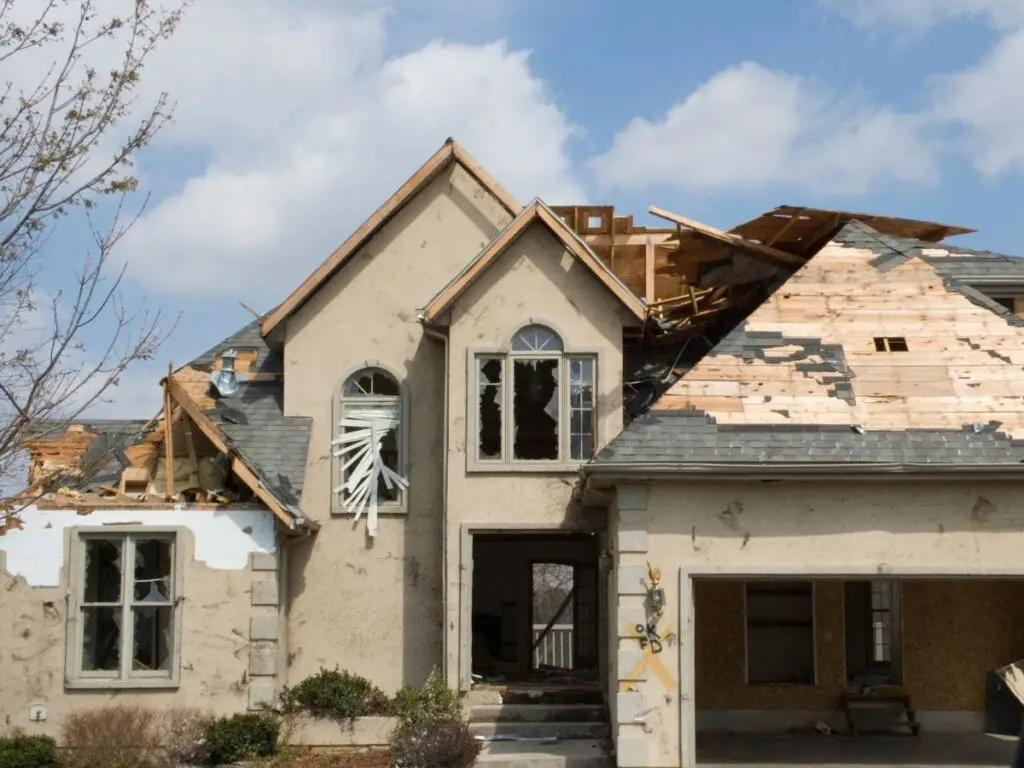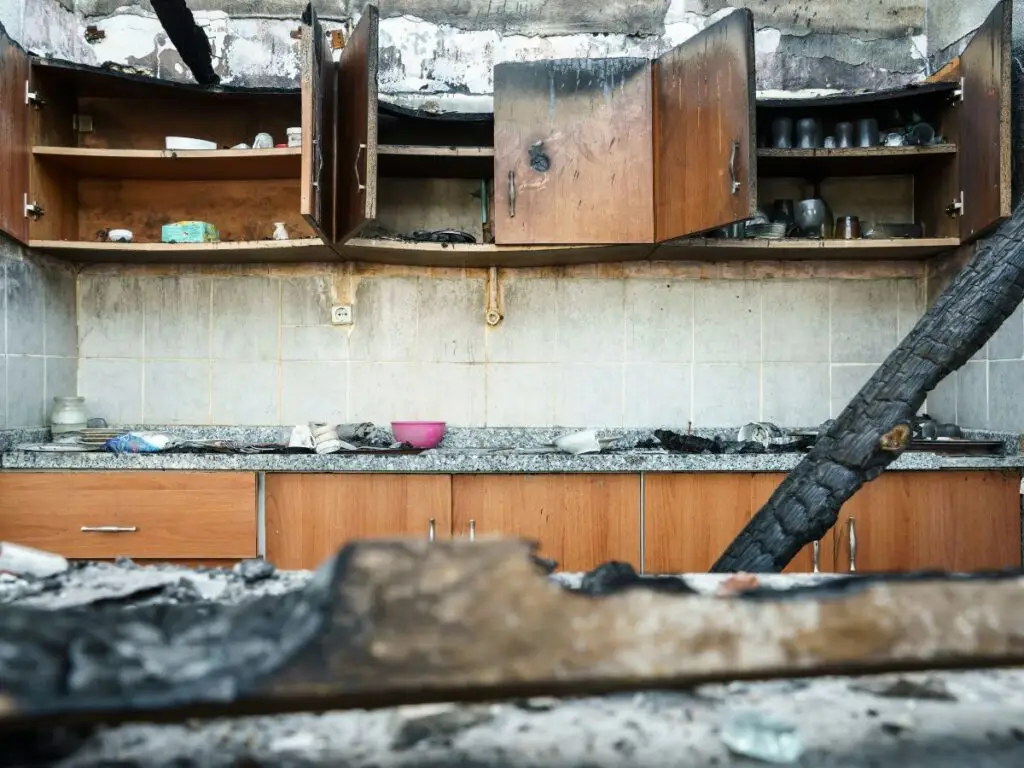
Natural Disasters can come at any moment and the outcome can be very devastating to homeowners. It is particularly important to be educated on how you can protect yourself and your property during these times.
What is a Natural Disaster?
A natural disaster is a naturally occurring, extremely dangerous, catastrophic event. Floods, fires, droughts, tornados, hurricanes, and more can all be considered a natural disaster. According to the international disaster database, natural disasters have increased from 100 per year to 400 per year in just 20 years.
Who is at Risk?
Frequently, people tend to forget that they are vulnerable to natural disasters too. Even if you live in an area where it is uncommon, it is essential to never write it off. Right now 14 different states are experiencing some kind of disastrous event. The best way to know if you’re at risk is to check your local news stations and FEMA.
FEMA is the federal emergency management agency, founded by the Department of Homeland Security. Their website provides all the tools you need to stay educated and safe. You can buy insurance, attend training, and even check to see if you’re at risk.
How Do You Plan?
As homeowners and working adults, it’s easy to get caught up in our day-to-day lives. This makes it very easy to forget about plans. To start planning, the first step is to take quizzes to know if your area is at risk for a certain disaster. Your typical insurance policies will cover hail, tornados, winds, housefires, wildfires, and volcanic eruptions. Renter’s insurance will typically cover these events as well. Floods, landslides, mudflows, and earthquakes are not covered. If you live somewhere where these things are common, you must add a policy to cover these disasters as well.
Another way we can plan and educate ourselves on the do’s and don’ts. Researching what to do in certain situations is essential, especially if you live in a high-risk area. Some common topics to research are Thunderstorms, Flooding, and Severe Weather. You can also download the Fema app to stay updated on alerts and warnings. You and your household should sit down and form a plan and build a supplies kit.
Making a plan ensures everyone knows what to do and where to go. A supply kit should have batteries, whistles, flashlights, food, water, a first aid kit, clothing, and money. Keeping essential items in a safe and accessible place will make leaving or evacuating safer. Important documents include a driver’s license, passport, student ID, and all other forms of identification.
What Happens After a Disaster?

After a disaster, it is most important to make sure that you and your family are safe and healthy. If your home experienced damage, secure the property and take pictures of everything. If your home experienced more severe damage, contact local authorities. If you have a secondary home, it is best you go there for the time being. If you do not, your insurance will help relocate you. If you are still able to live in your home, contact your insurance company or your insurance agent regarding a claim. They will be able to take over the process for you and bring in trusted companies to take care of your home. Different companies can be in charge of different processes in the rehabilitation process.
If you have damage to your home’s structure, construction companies will be hired to repair your roof, gutters, and siding. If there is damage to the inside of your home, companies will be hired to move your belongings out before internal repairs are done.
How Can CRS Help?
At CRS, we specialize in the process of removing and restoring contents. When damage happens to the inside of your home, we come in and remove your personal property. This ensures that the repairs can be done timely and properly without damaging your contents. Because this can be a stressful and scary process, we handle this responsibility with sensitivity and honorability. We work with confidence because of our extensive knowledge and research, which has led us to perfected procedures.
What is Our Process?
When we begin our packing out procedure, we start by having a plan. We consider the size of the house, the type of content you have, and your personal preferences. We get to know our customers and we can tailor our procedure to fit your needs. Everything is well prepared so we can have effective communication between ourselves and you as the homeowner.
Once we start removing the content, we take necessary measures to make sure it is done safely. Items are wrapped and removed according to material, weight, and how they will be cleaned. As we packout materials, we use a cutting-edge digital inventory system. This stores all photographs of every item in your home. This keeps an accurate inventory of each item with its respective room, and even what box we put it in. All of our boxes are labeled so we can see what is in them, and even you can see!
Restorative Methods Available to You
We offer all restorative methods to clean contents to their pre-damaged condition. If an item in your home cannot be cleaned or stored, we document that as a total loss. You and your insurance adjuster will both know what we cannot clean, and your insurance adjuster will make sure it’s recorded in your claim. After we have moved and documented all of the contents, we move them to our secure facility. Our warehouse has state-of-the-art technology that provides a clean, controlled, and secure environment for the restoration process.
Seamless Transaction with CRS
After the restoration is complete, we can now return your clean contents to the reconstructed property. We bring everything back safely and organized. Our team checks every box and item in your inventory before returning it to your home. We bring every box and item back into the respective room it came out of unless instructed otherwise. We also assist with unpacking, allowing for a seamless transaction. We take a great deal of pride in being able to restore your belongings and make it an easy process.



